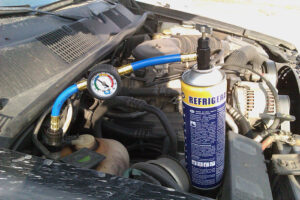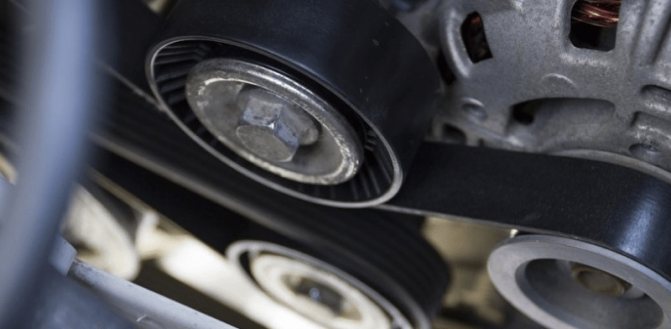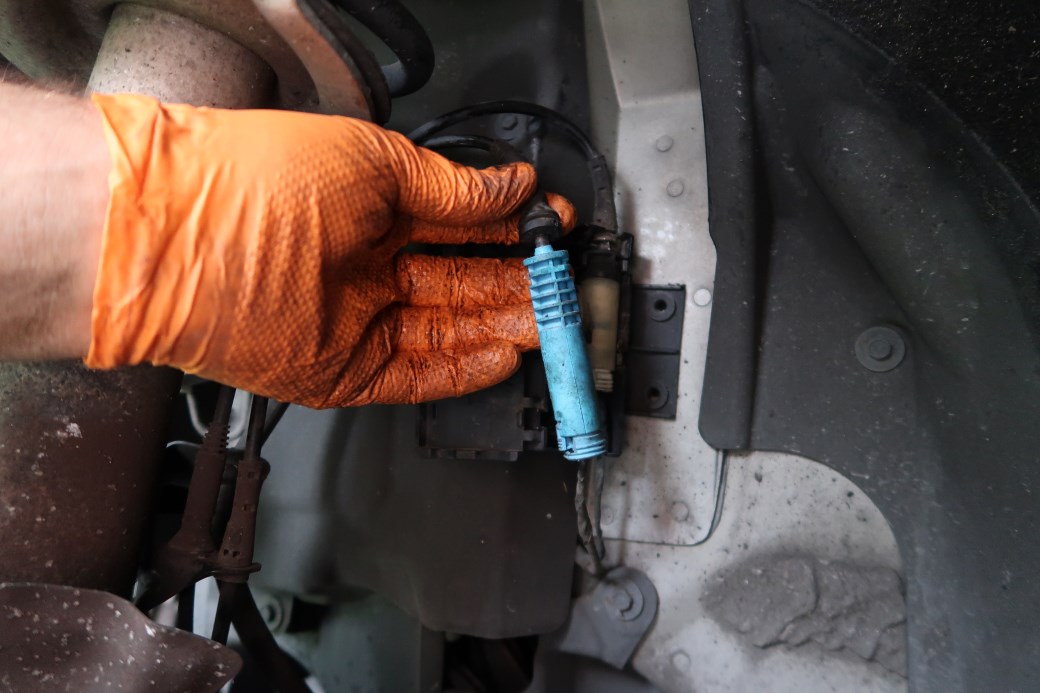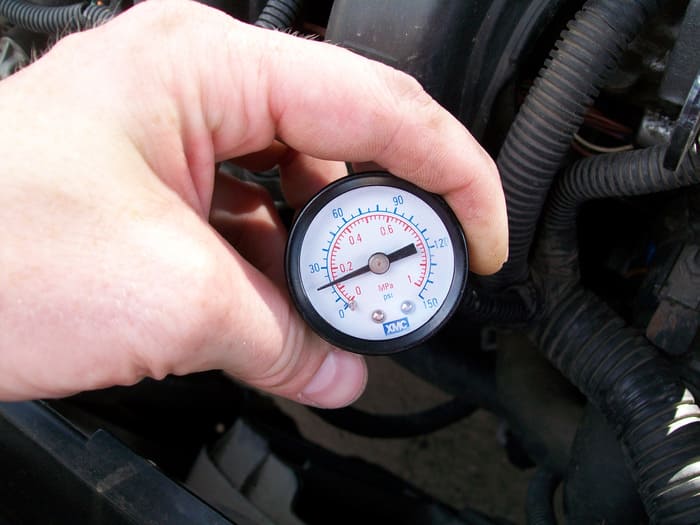 R134A is a refrigerant that was introduced in the 1990s as a replacement for R12. R134A is not compatible with an R12 system. If you use R134A in an R12 system, it will destroy the system. The oil in the system is not compatible with R134A and will cause the compressor to fail. The system will also leak refrigerant. If you use R134A in an R12 system, you will need to replace the entire system. It is not possible to convert an R12 system to using R134A. If you have a vehicle with an R12 system, you should continue to use R12. You can purchase R134A for your vehicle, but you should only use it if your vehicle has a system that is designed to use it.
R134A is a refrigerant that was introduced in the 1990s as a replacement for R12. R134A is not compatible with an R12 system. If you use R134A in an R12 system, it will destroy the system. The oil in the system is not compatible with R134A and will cause the compressor to fail. The system will also leak refrigerant. If you use R134A in an R12 system, you will need to replace the entire system. It is not possible to convert an R12 system to using R134A. If you have a vehicle with an R12 system, you should continue to use R12. You can purchase R134A for your vehicle, but you should only use it if your vehicle has a system that is designed to use it.
The R12 and the R134A refrigerants explained
There are two common types of refrigerants used in air conditioning systems: R12 and R134A. Both of these refrigerants are effective at cooling air, but they work in different ways.
The R12 refrigerant is a chlorofluorocarbon (CFC) that was once widely used in car air conditioning systems. However, CFCs are now known to be harmful to the environment, so the use of R12 is now regulated by law. Although it is not as common as it once was, R12 is still used in some older air conditioning systems.
R134A is a hydrofluorocarbon (HFC) that is now the most common type of refrigerant used in air conditioning systems. HFCs are not as harmful to the environment as CFCs, but they are still considered to be greenhouse gases. R134A is less efficient than R12 for cooling air, but it is much better for the environment.
If your air conditioning system uses R12 refrigerant, it is important to have it serviced regularly to prevent leaks. If your system uses R134A, you can rest assured that it will not harm the environment.
Is R12 illegal?
R12 is not currently illegal, but its production and import are regulated by the Montreal Protocol. This international treaty was designed to phase out the use of CFCs like R12 in order to protect the Earth’s ozone layer. As a result, the production of R12 is gradually decreasing, and it is becoming more expensive to purchase.
If you have an older car with an R12-based air conditioning system, you can continue to use it as long as it does not leak. However, if your system needs to be serviced, it may be difficult to find a technician who is certified to work with R12.
R134A is the most common type of refrigerant used in air conditioning systems today. It is not as harmful to the environment as R12, and it is less likely to leak from your system.
If you have a car with an R134A-based air conditioning system, you can be confident that it will not damage the environment. However, R134A is not as effective at cooling air as R12, so your system may not work as well as it did when it was new.
If your air conditioning system uses R12 refrigerant, it is important to have it serviced regularly to prevent leaks. If your system uses R134A, you can rest assured that it will not harm the environment. However, you should still have your system serviced regularly to ensure that it is operating efficiently.
When choosing a new air conditioning system, you should always choose one that uses R134A refrigerant. This will help to protect the environment and ensure that your system is efficient. If you have an older system that uses R12, you may want to consider retrofitting it to use R134A. This can be done by a qualified technician. However, it is important to note that you will not be able to use R134A in your system if it was not designed for it. This could damage your system and cause it to leak refrigerant.
What is the R12 refrigerant used for?
R12 is a type of chlorofluorocarbon (CFC) refrigerant that was once widely used in air conditioners and refrigerators. However, due to its high level of ozone depletion potential, R12 was phased out under the Montreal Protocol in 1994. As a result, it is now only produced for use in specific types of vintage equipment. When it comes to cooling efficiency, R12 is still one of the most effective refrigerants available. However, its high cost and limited availability make it impractical for most applications. In addition, R12 must be handled with care due to its toxicity and flammability. As a result, it is generally not the best choice for modern air conditioning and refrigeration systems.
How can I tell if my car has an R12 or R134A system?
If you are not sure which type of refrigerant is used in your car’s air conditioning system, you can check the owner’s manual. Alternatively, you can take your car to a certified technician for a diagnosis.
What happens if you mix R12 and R134A?
What Happens If You Mix R12 and R134A? If you have an older car that uses R12 freon, and you try to put R134A into it, nothing will happen. The R134A will just leak out because it’s not the right size for the system. However, if you have a newer car that uses R134A, and you put R12 into it, the system will be damaged and may not work properly. In addition, putting the wrong kind of freon into a system can be dangerous. The EPA has warned people not to mix freon because it could cause an explosion. While this is unlikely, it’s still possible. If you do mix freon, make sure you vent the atmosphere from the components before starting the repair. This will help prevent any accidents.
Steps to retrofit the R12 to an R134A system
In order to retrofit the R12 to an R134A system, there are a few steps that need to be taken. First, all of the hoses in the AC system need to be replaced. This is because the hoses in an R12 system are not compatible with an R134A system. Second, the compressor needs to be replaced. This is because an R12 compressor is not compatible with an R134A refrigerant. Finally, the receiver/dryer needs to be replaced. The reason for this is that the receiver/dryer contains an oil that is not compatible with the R134A refrigerant. These are the three main steps that need to be taken in order to retrofit an R12 AC system to an R134A system. However, there may be other steps that need to be taken depending on the specific car model and AC system. Therefore, it is always best to consult a professional when retrofitting an AC system.
What could happen if you use R134a in an R12 system?
The question of what could happen if you use R134a in an R12 system is one that has been debated among car enthusiasts for years. There are a few different schools of thought on the matter, and it ultimately comes down to a question of cars and their operation. On one hand, proponents of using R134a in an R12 system argue that it is a cheaper and more readily available option. Additionally, they assert that there is no significant difference in the way the two chemicals affect the operation of a car. On the other hand, detractors of using R134a in an R12 system claim that it can cause damage to the ozone layer. Additionally, they argue that there is a difference in the way the two chemicals interact with each other and that this can lead to fitting issues down the line. Finally, in most countries, it’s now against the law to use R134a in an R12 system, so you could be fined or even jailed if you’re caught doing it. Ultimately, there is no clear consensus on the matter, and it ultimately comes down to a question of personal preference. Whatever decision is made, it is important to be informed about the potential risks and rewards associated with using R134a in an R12 system.
Is it possible to add R-134a directly to my existing R12 system?
No, you cannot add R-134a directly to your R12 system. This is because R12 and R134a are not compatible with each other. If you try to use R134a in an R12 system, it will destroy the system. The oil in the system is not compatible with R134A and will cause the compressor to fail. The system will also leak refrigerant. If you use R134A in an R12 system, you will need to replace the entire system. It is not possible to convert an R12 system to using R134A.
Conclusion
In conclusion, it is not recommended to use R134a in an R12 system. While it is cheaper and more readily available, it can cause damage to the ozone layer and is now illegal in most countries. If you do decide to use R134a in an R12 system, be sure to consult a professional and be informed about the potential risks involved. Thank you for reading!


